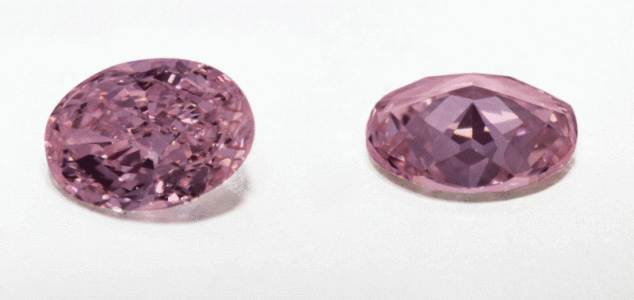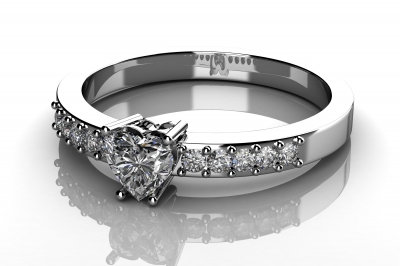Different Types of Diamond Appraisals and How They’re Used
Now days, everyone seems to think that coming across a diamond ring in some old jewelry box means they’re going to earn a fortune after selling it. Often you might read in a newspaper about a woman who found a diamond ring in her attic, or you watch a news report on television about someone who found a diamond ring in an abandoned storage locker and were able to make a consistent profit because that person managed to sell it for a very good price.
What the media doesn’t tell you is how a proper diamond appraisal is really done. In most cases, the value of a diamond can be very different, according to the type of appraisal made. Especially for estate jewelry, there are usually two types of appraisal meant to settle the value of a diamond jewel.
When a diamond is appraised, it’s important to make a difference between the replacement value and the market value (referred to as resell value in some cases). The replacement value means how much a brand new items costs. Therefore, if you have a diamond ring you bought a couple of years ago, the replacement value is equal to a similar diamond ring bought from a shop or a jewelry store. The market value represents the sum of money an owner would receive in the case of a resell. Simply put, you as an owner are not able to receive the same amount of money for diamond jewelry like a jeweler or a store would, no matter how much you paid for it in the first place.
The resale value is calculated by taking several factors into consideration, such as the condition of the jewelry, market demand, fashion trends and the mark-ups undergone by a specific jewelry piece from a low wholesale price to a high retail price (in fact, the replacement value). Considering all these factors, it’s no wonder the dream of selling a diamond ring for thousands of dollars quickly bursts like a bubble, because often estate jewelry can be sold for a fraction of the original price.
Truth been told, it’s important to specify what you intend to do with a diamond appraisal, because for insurance appraisals, for instance, the replacement value is always used. That’s because insurance companies need to know how much money they have to pay in case of robbery, fire or other accidents that might occur. However, no serious buyer will be interested in your insurance appraisal, so you will need to get a market value appraisal. The confusion of these two values it’s what makes many diamonds owners wonder why their jewelry is not as much worth as they thought in the case of a resale.
Knowing the difference between these two values is equally important as finding the right appraiser. Even if some is a qualified gemologist, they still need to be certified, so be careful who you choose, because an appraisal done by a non-certified gemologist is not as valuable and many buyers or even insurance companies will not consider it. Not only a certification is what makes a gemologist the right person to perform the appraisal. It’s best to find some with experience in the field, someone who’s able to provide an appraisal as detailed and accurate as possible. Don’t forget to communicate with the appraiser of your choice what you intend to use it for, because, as stated above, the replacement value is used for insurance purposes, but it’s not useful if you want to resale diamond jewelry.
If you want to sell your estate jewelry and need to know exactly how much money you could get for diamond jewelry, or if you need to insure your diamonds, schedule an appointment with us and you can be certain you’ll receive the best possible services regarding diamond appraisals.
Photo: Pixabay.com, user: Wounds_and_cracks



